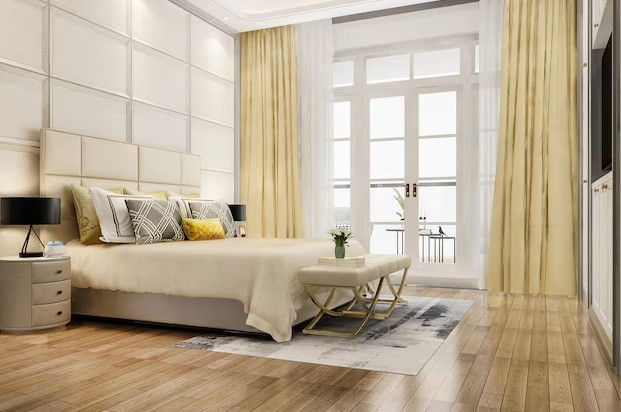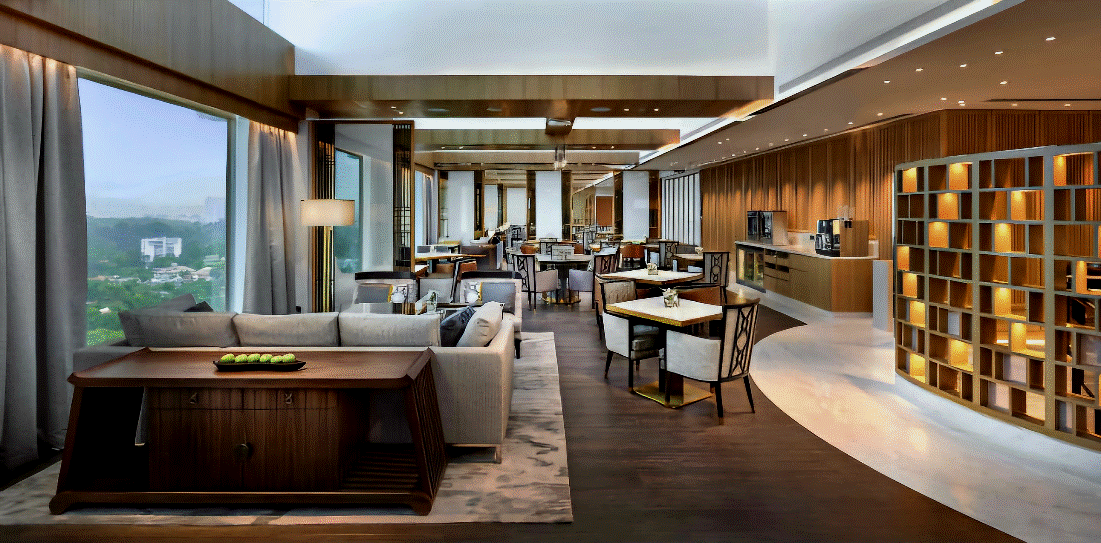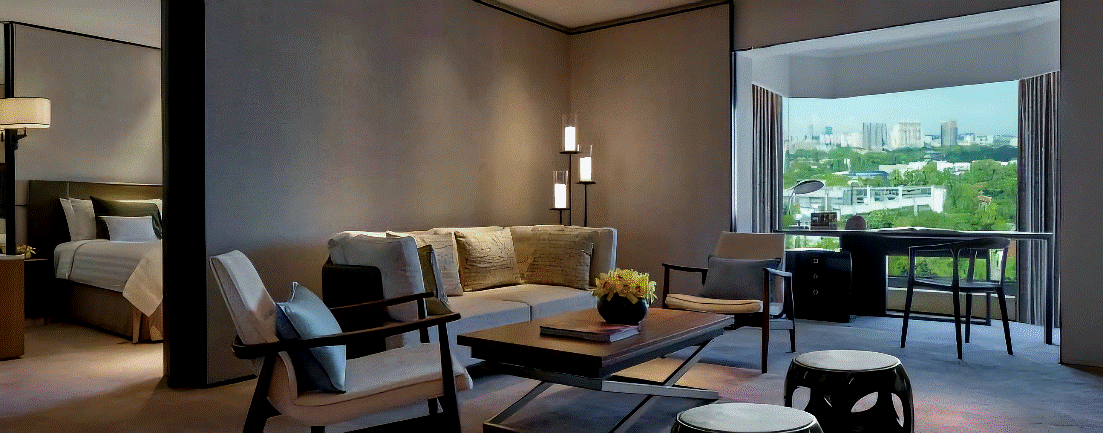
The Significance of Soft Furnishings
In the realm of interior design, soft furnishings stand as the silent orchestrators of ambiance, weaving a symphony of color, texture, and comfort that defines the soul of both hotels and residences. These elements—curtains that whisper secrets, cushions that cradle dreams, and bed linens that envelop in warmth—are not mere accessories but pivotal players in the narrative of a space. The selection of materials for these adornments is a nuanced art, balancing aesthetics with functionality, durability with grace. This essay explores the intricate considerations guiding the choice of soft furnishing materials in hotels and residences, where the dance of form and function is performed with elegance and precision.
Soft furnishings are the poetic brushstrokes on the canvas of a room, imbuing it with character and charm. In the grand theaters of hospitality, where the first impression can be as intoxicating as a fine perfume, the choice of materials must be impeccable. Luxurious silks and velvets may be chosen to whisper tales of opulence in high-end hotels, their rich textures and shimmering hues evoking a sense of grandeur and indulgence. In contrast, minimalist retreats might opt for the understated elegance of linen or cotton blends, whose simplicity sings of modern sophistication.
In residences, soft furnishings become a reflection of the dweller’s inner world. Here, the selection is a more intimate affair, guided by personal taste and lifestyle. Bold patterns and vibrant colors might be chosen to add a dash of whimsy, while muted tones and delicate textures can create a haven of tranquility. The aesthetic choices made in these personal sanctuaries are as diverse as the individuals who inhabit them, each selection a note in the symphony of home.
The heart of soft furnishings lies in their ability to transform spaces into sanctuaries of comfort. In both hotels and residences, fabrics must caress the skin with a gentle touch, offering solace and warmth. For bed linens, the natural softness and breathability of cotton make it a perennial favorite, promising restful slumbers. Upholstery fabrics, too, must be chosen with care, balancing plush comfort with the resilience to withstand daily use. Microfiber and leather often emerge as preferred choices, their tactile pleasures matched by their practicality.
Functionality in soft furnishings is multifaceted, extending beyond comfort to encompass durability and maintenance. In the bustling corridors of hotels, where furnishings face the rigors of constant use, materials must be robust and unyielding. High-quality synthetic fabrics and blends, with their resistance to wear and tear, become the unsung heroes of hospitality design. In the more leisurely pace of residences, while durability remains important, there is a greater latitude to indulge in natural fibers like wool or linen, which, though requiring more care, reward with their exquisite texture and timeless appeal.
In the selection of soft furnishings, durability is akin to a silent guardian, ensuring that beauty endures through the passage of time. Hotels, with their relentless cadence of guests, demand materials that can withstand frequent use and rigorous cleaning. Polyester blends and treated cottons are often chosen for their steadfastness, their colors unfading and their fabric unyielding to stains. In residences, the quest for durability is tempered by a desire for comfort and luxury. Here, materials like wool or linen may be cherished for their natural beauty, even as they demand a more attentive touch in maintenance.
Maintenance, too, is a critical consideration, particularly in the ever-turning wheels of hotel operations. Fabrics that can be easily cleaned, that shrug off stains and retain their luster after countless washes, are invaluable. Machine-washable materials and stain-resistant treatments become essential allies. In the private realm of residences, maintenance routines can be more relaxed, tailored to the rhythms of everyday life. Families with children or pets might favor easy-to-clean fabrics, while others might revel in the delicate care required by luxurious textiles, viewing it as a labor of love.

In the modern narrative of soft furnishings, sustainability has become a key protagonist. As awareness of environmental impact grows, both hotels and residences are embracing eco-friendly materials. Organic cotton, bamboo, and recycled fibers are increasingly sought after, their minimal ecological footprint aligning with a growing ethos of responsibility and care. Hotels, in their pursuit of green credentials, find in these materials a way to marry luxury with sustainability. Residences, too, driven by personal values and a desire to tread lightly on the earth, are turning to these natural, renewable resources, crafting spaces that are as kind to the planet as they are to the senses.

Cost, ever the pragmatic companion in the selection process, must be navigated with wisdom and foresight. Hotels, operating within stringent budget constraints, must strike a delicate balance between quality and expenditure. Bulk purchasing and savvy negotiations with suppliers can help achieve this equilibrium, ensuring that luxury need not be sacrificed on the altar of cost. In residences, the spectrum of budgetary considerations is wider, allowing for both indulgence and thrift. Homeowners may choose to splurge on certain statement pieces while opting for more economical materials elsewhere, crafting a harmonious blend of investment and economy.
The art of selecting soft furnishing materials for hotels and residences is a delicate ballet of considerations, where aesthetic allure must dance in harmony with practicality. In the opulent halls of hotels, materials must captivate the eye and endure the test of time, creating environments that enchant and comfort guests. In the intimate sanctuaries of residences, the selection process is more personal, guided by individual tastes and lifestyle needs. As the world increasingly turns towards sustainability, both hotels and residences are embracing eco-friendly materials, crafting spaces that are not only beautiful and functional but also kind to the earth. ltimately, the careful selection of soft furnishings can transform any space, weaving a tapestry of comfort, elegance, and enduring charm.
